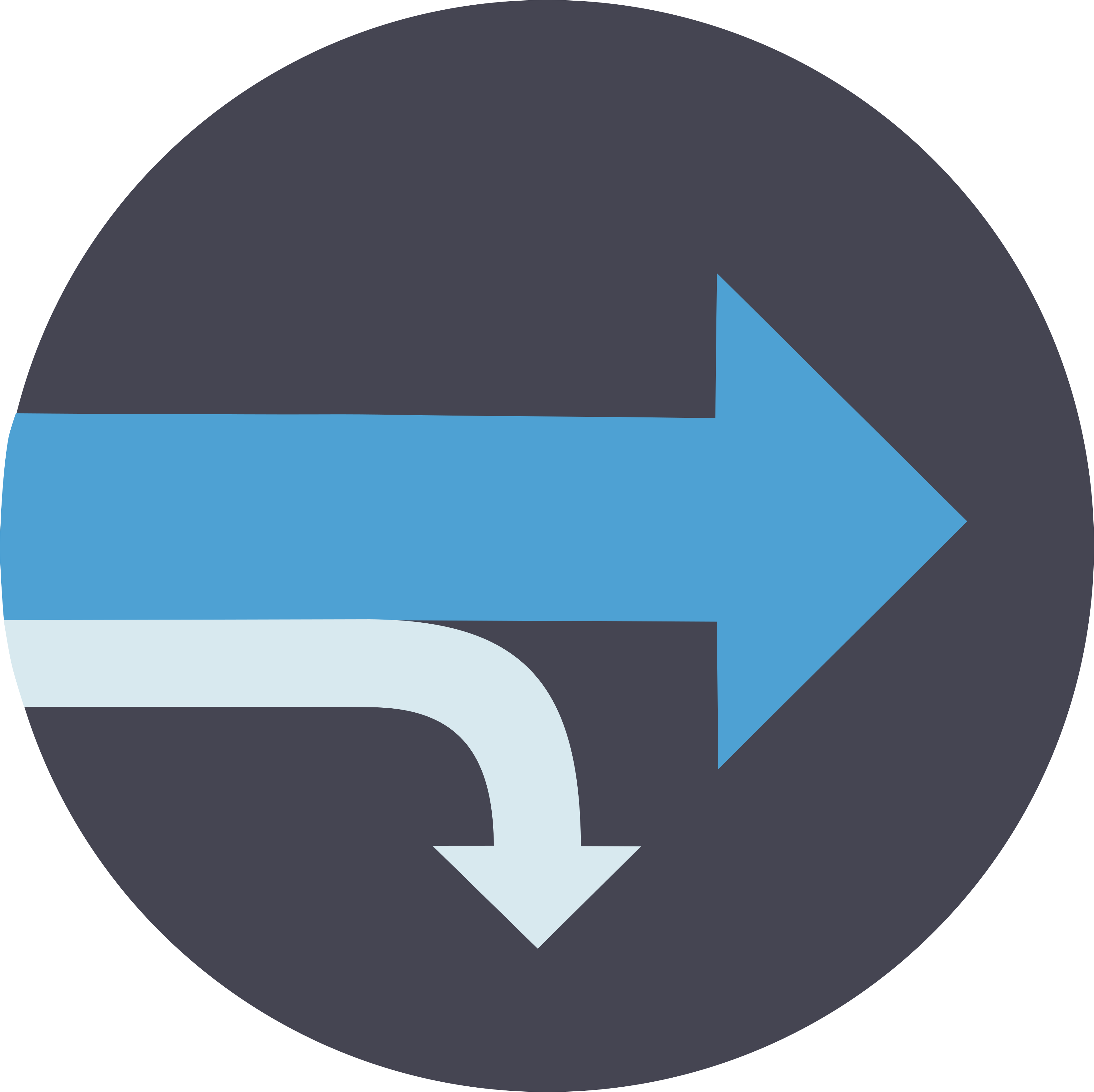References
https://github.com/samuelduchesne/archetypal and documentation is hosted at https://archetypal.readthedocs.io
- Developer(s)
- Louis Leroy
Description
The field of Urban Building Energy Modelling, which assesses the energy performance of buildings in cities relies on advanced physical models known as Building Energy Models (BEM) or simply, building archetypes. The Archetypal Building Energy Model is a Python package that helps handle collections of such archetypes developed on the EnergyPlus model architecture. It offers three major capabilities: 1. Run, modify and analyze collections of EnergyPlus models in a persistent environment; 2. Convert EnergyPlus models to UMI Template Files; 3. Convert EnergyPlus models to TRNSYS TrnBuild Models.
This model is more a “model builder” than an energy model in itself. It helps modellers analyze collections of building archetypes created with the EnergyPlus architecture. Nonetheless, as part of my thesis project, Archetypal were used to create a coarse building energy model of the city of Montréal using a technique known as archetype modelling. This technique consists of segmenting the building stock into typical space type clusters (e.g., same construction year and main building usage) and to assign a building archetype for each cluster.
Building archetypes are representations of “typical” buildings and help understand their thermal behaviour. The different building archetypes are simulated for the specific context (climatic conditions) and energy consumption results are extrapolated to the whole building stock. The hardest part of this methodology is to gather the necessary data to enable the segmentation of the building stock.
In the particular case of Montréal, there is very limited open source data about buildings. Consequently, the public Tax Assessment Roll database was used to identify the construction year and the main space type of the buildings and the public aerial LiDAR data was used to determine the building footprints and to estimate the conditioned floor areas. The result is a dynamic (hourly) representation of the energy requirements of buildings in the entire city of Montréal.
Since archetypes can be easily modified to fit policy changes such as the refurbishment of building envelopes, this type of model can accommodate a large range of studies focused on the impact of policy changes on the building stock. District, on the other hand, is focused on the analysis of district energy networks. It was used, for example, in identifying the potential of district energy networks for the Demain Montréal C40 project in Montréal, which won the competition.
- Applications
Assess retrofit policies, demand-response policies,
It can also be used for data-driven design in Master Planning projects and infrastructure planning
- Users
It has been used to assess proposition for an architecture competition (Demain Montréal, C40 Montréal).
It can be used by architecture firms, Building system design and energy analysis companies, Infrastructure planners.
Registered developers
| Name | Organization |
|---|---|
| Samuel Letellier-Duchesne | Polytechnique Montréal |
| Michaël Kummert | Polytechnique Montréal |



